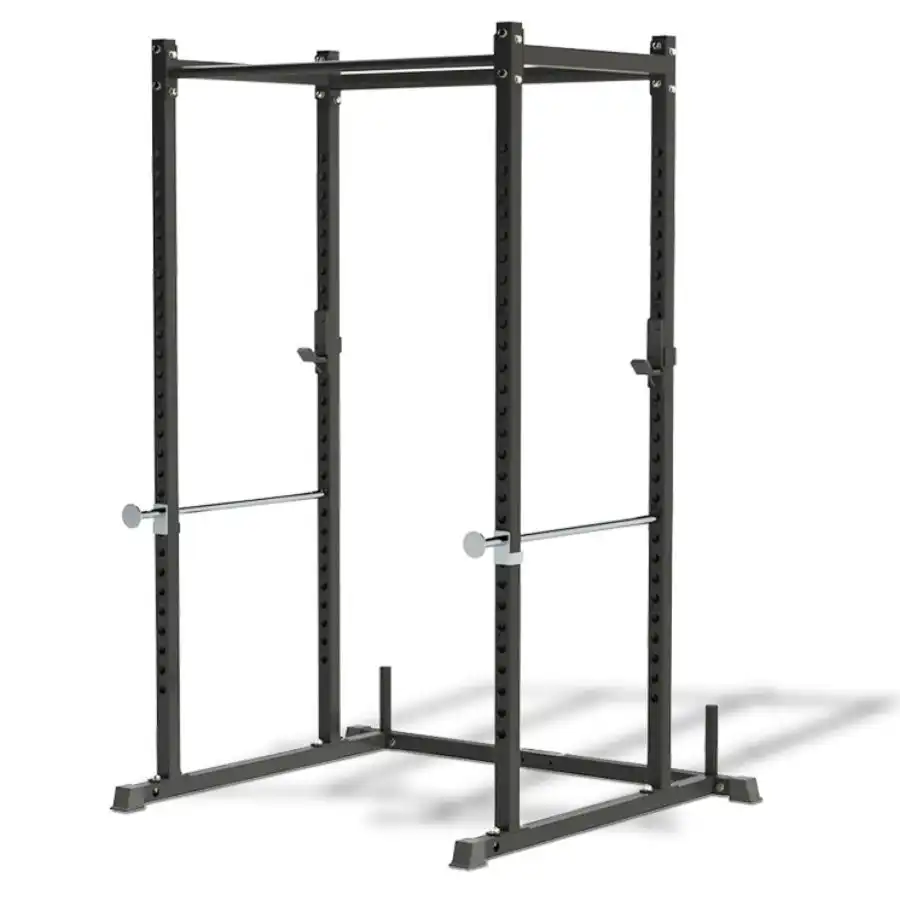Final Thoughts
Research suggests 30 to 60 minutes a week of muscle-strengthening exercises can benefit your health. With the help of a power rack, you can achieve a wide range of strength training fitness moves without needing a spotter. A power rack can add convenience to your workout by enabling you to get a safe weightlifting workout anytime from the comfort of your home gym.
FAQs
A full power rack has four to six uprights attached by cross members, creating a cage to lift in. A squat rack—also called a squat stand—is typically two uprights and weighs less than a power rack, making it more portable. Power racks are more versatile, with the option to add accessories, while squat racks usually do not.
If you choose a freestanding power rack, anchor it following the manufacturer’s instructions to ensure it’s safe and secure.
Generally, a freestanding power rack should be a few feet from the wall so you can perform exercises comfortably and safely. Always refer to the manufacturer’s guidelines and recommendations when setting up your rack.
Common gauges are 11-gauge and 12-gauge, with lower numbers providing thicker and stronger steel; however, these tend to be more pricey options. A thinner 14-gauge steel is slightly less sturdy but likely works well for a general home gym setup. We chose racks ranging from 11-gauge to 16-gauge to suit various budgets and fitness levels.




Post Comment